The Steps To Take If Your Tree Is Damaged
Tree damage is almost unavoidable, especially in areas prone to natural disasters. However, damage to a tree, be it mild or severe, does not mean the immediate death of such tree, as there are steps to take to ensure its growth. This article highlights steps to help regrow damaged trees.
PHYSICAL DAMAGE
Physical damage is the most common cause of tree damage. External factors such as heavy wind, lightning strikes, snow, or even ice storms can cause physical damage to trees. These usually result in burnt or broken bark and branches, uprooted trees, and more.
ANIMAL DAMAGES
Animals, including humans and insects, cause damage to trees. Insects like moths and beetles bore into the tree's cells, and these habits can weaken the structure and cause irreparable harm over time. Human activities, like using chemicals, can usually cause tree damage.
DISEASE-RELATED DAMAGE
Bacteria and other microorganisms cause disease-related damage to trees. Fungal, viral, and bacterial infections can cause discoloration and total tree death.
Various diseases, such as fungal, bacterial, or viral infections, can affect trees. These diseases can cause discoloration, leaf drop, and even death in severe cases.
HOW TO CARE FOR DAMAGED TREES
Once you have identified the type or cause of tree damage, it's time to know how to care for the tree to ensure growth. The following are some ways to care for damaged trees.
CHECK THE DAMAGE
Before you begin restoration activities, assessing the tree's damage level is essential. If the damage appears minor, you can carry out DIY restoration work, but if the tree damage is extensive, you should consult an arborist's professional services.
BEGIN BY PRUNING THE EXCESSES
Pruning is a tree restoration process that involves cutting excess growth parts to trigger regrowth. Wild tree parts tend to consume more resources than other essential plants need; hence, they grow slower than expected. Since the tree is damaged, pruning allows it to concentrate its resources on increasing critical parts that will encourage better regrowth of the entire tree.
PROTECT THE DAMAGED TREE AGAINST PESTS & DISEASES
If insects and diseases plague your tree, it's essential first to protect the tree from further infestation and treat the disease immediately. You can use either chemical or physical methods to prevent insect control. However, consult with your local officer before you use any chemicals in your home to avoid harming beneficial insects and wildlife.
ENCOURAGE GROWTH
Damaged trees need special care to encourage growth. Watering and fertilizing them regularly ensures the tree receives the right amount of nutrients, water, and sunlight. Adding a mulch layer to the base's surface will help prevent moisture evaporation and eradicate weeds.
REMOVE THE TORN BARK
If the damaged tree is struck by lightning, there is a high chance that a considerable part of the tree, especially the trunk, will be burned or torn. Trim loose bark properly and avoid cutting into the tree trunk.
TREAT OPEN WOUNDS
If you notice wide openings or wounds on your tree, remove them immediately, or they risk infection. Although trees heal their wounds, treating them with the proper wound dressing or using pruning paint can help them heal and grow faster.
CONTACT ELLIOTT TREE FOR DAMAGED TREE REMOVAL ON THE SOUTH SHORE
If you are still unsure about determining if your tree will be saved after damage, consult Elliott Tree, a tree expert and gardening landscaping professional with 20 years of tree regeneration experience. We have helped thousands of homeowners restore their trees, regardless of the cause of damage. Feel free to reach out to us today by filling out our contact form or calling us at 781-447-0045.
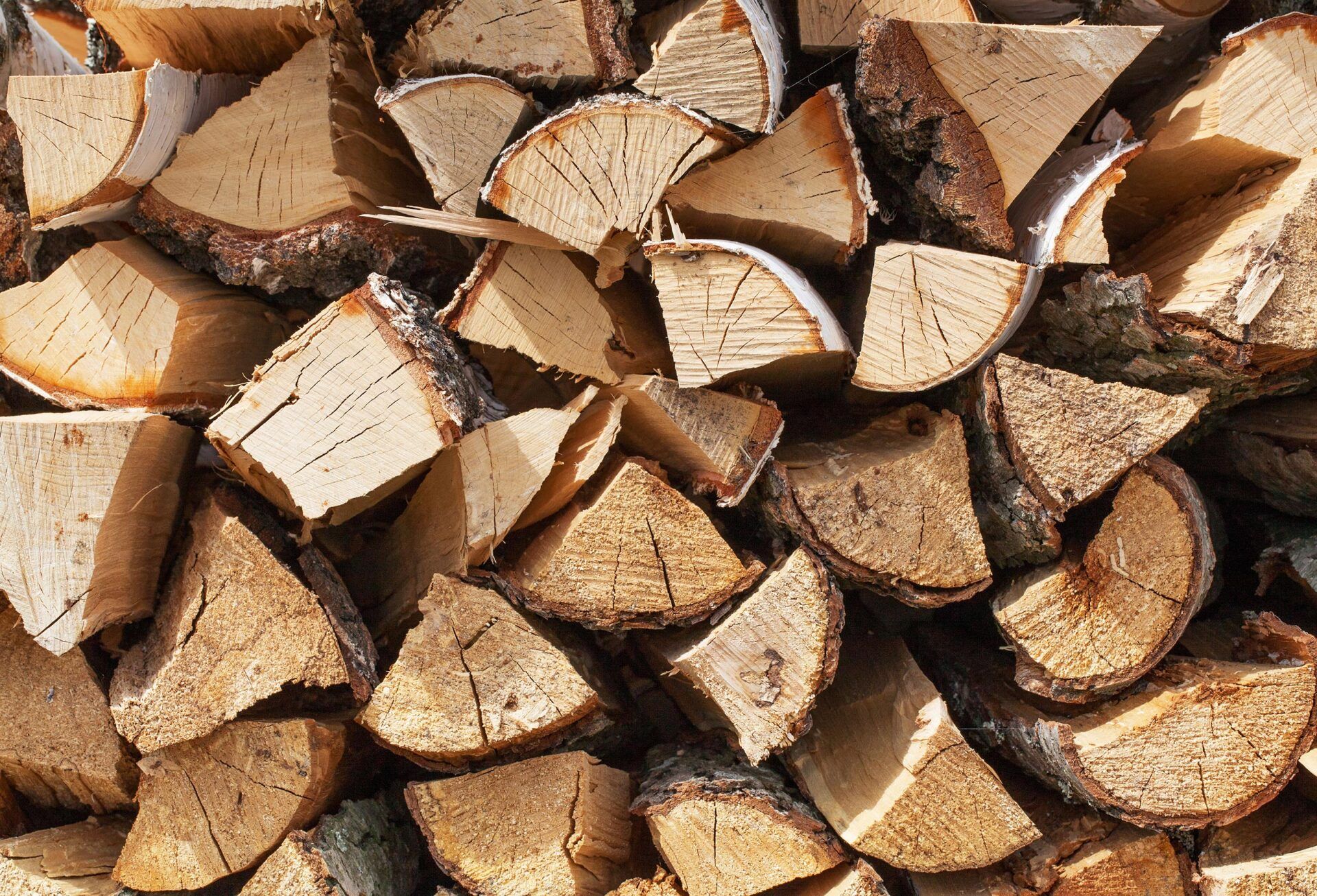
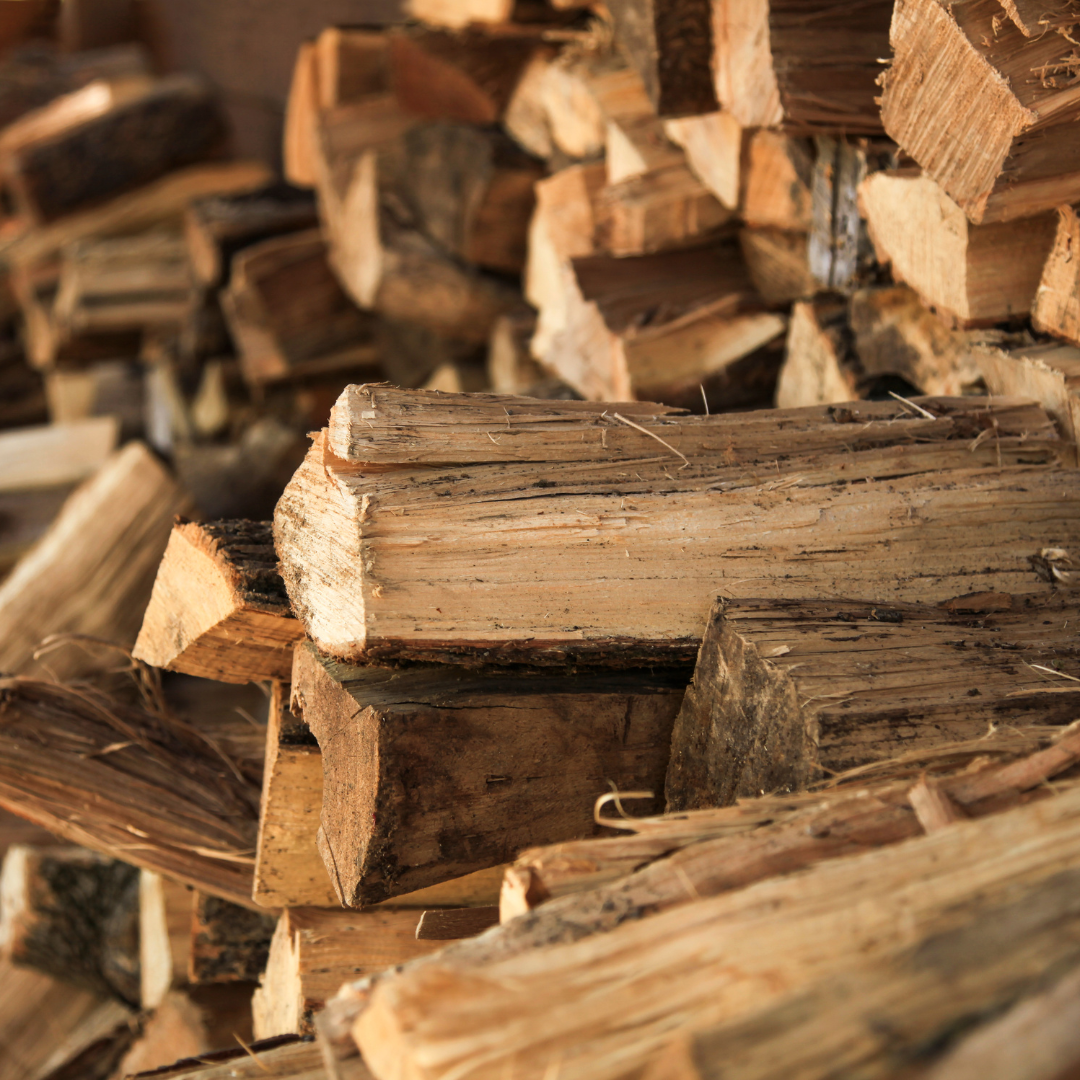
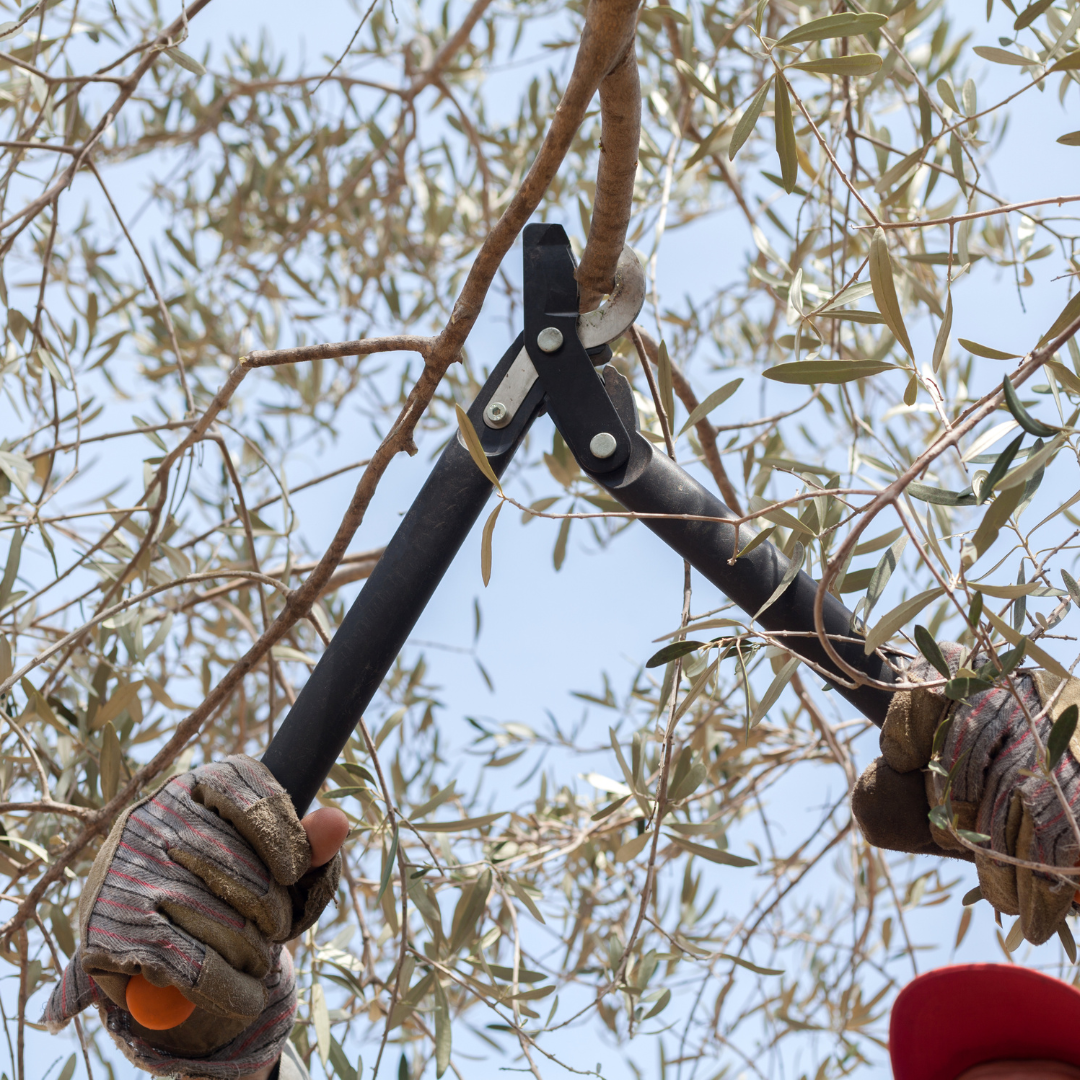
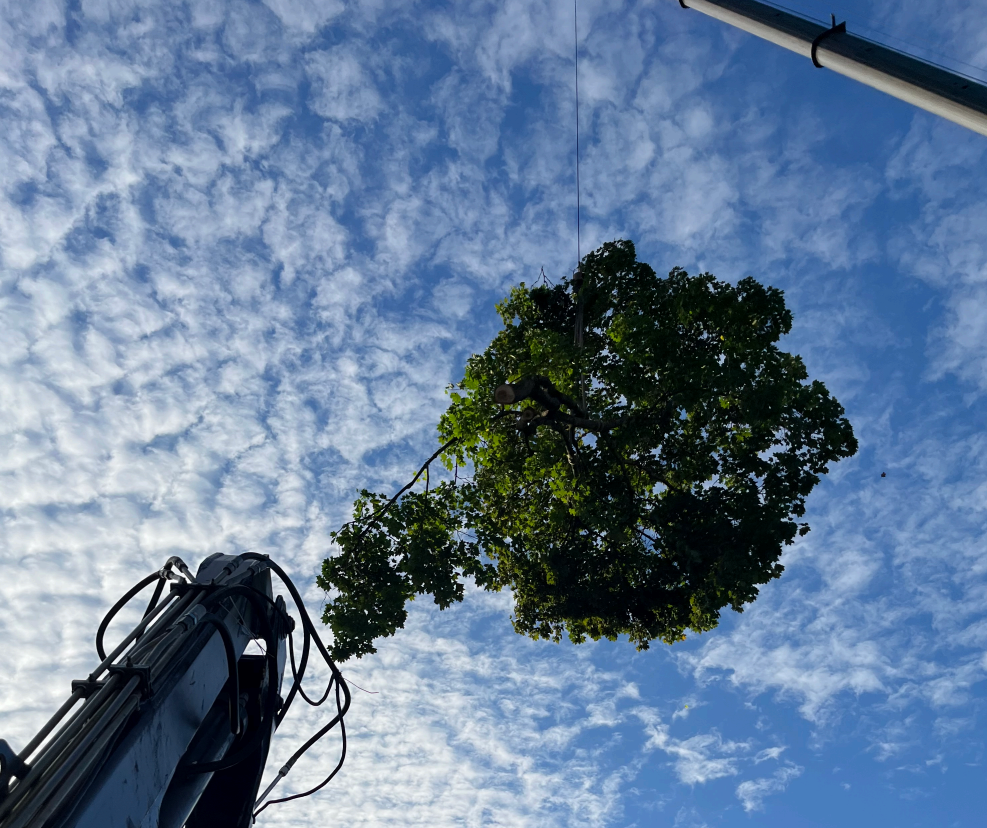
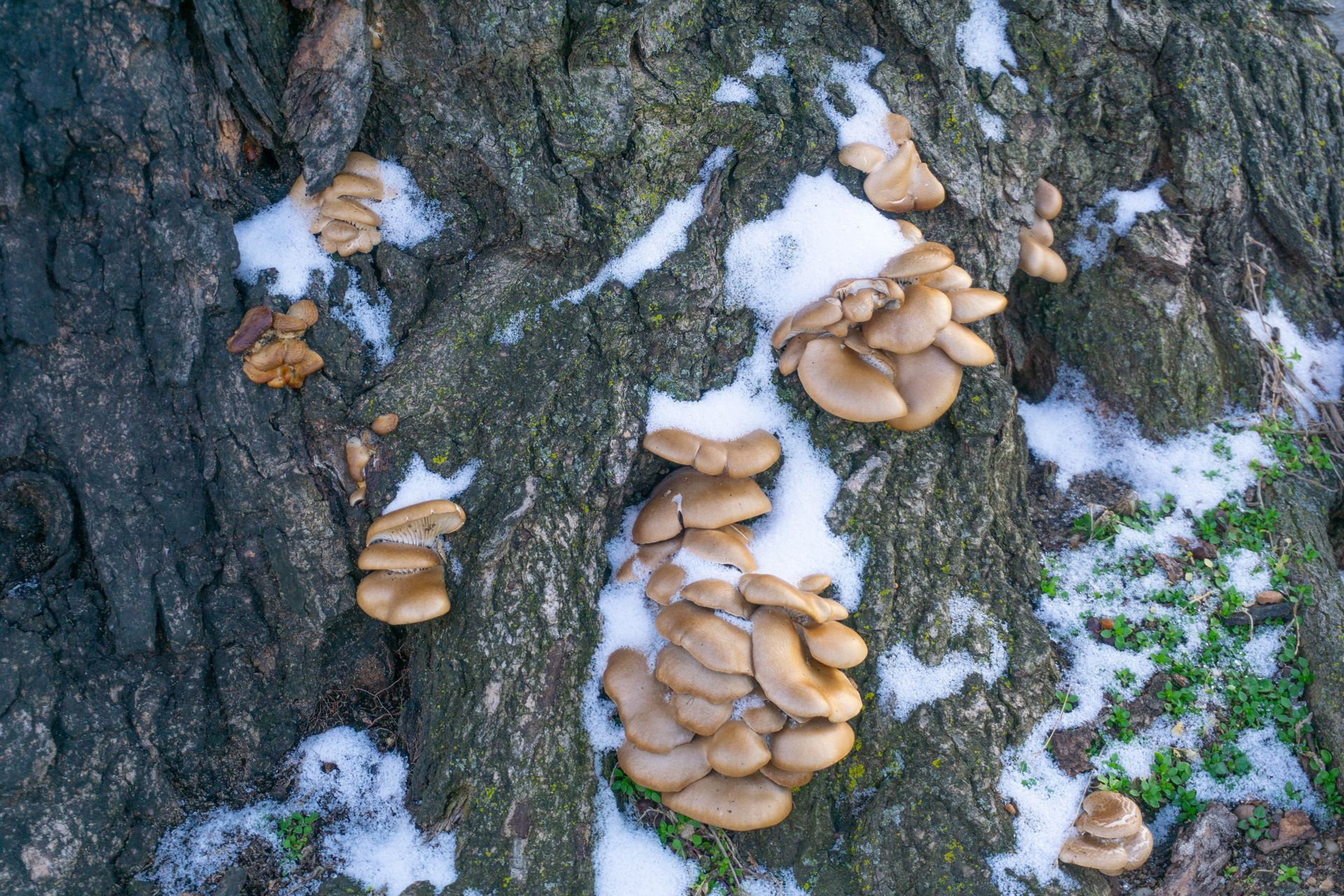

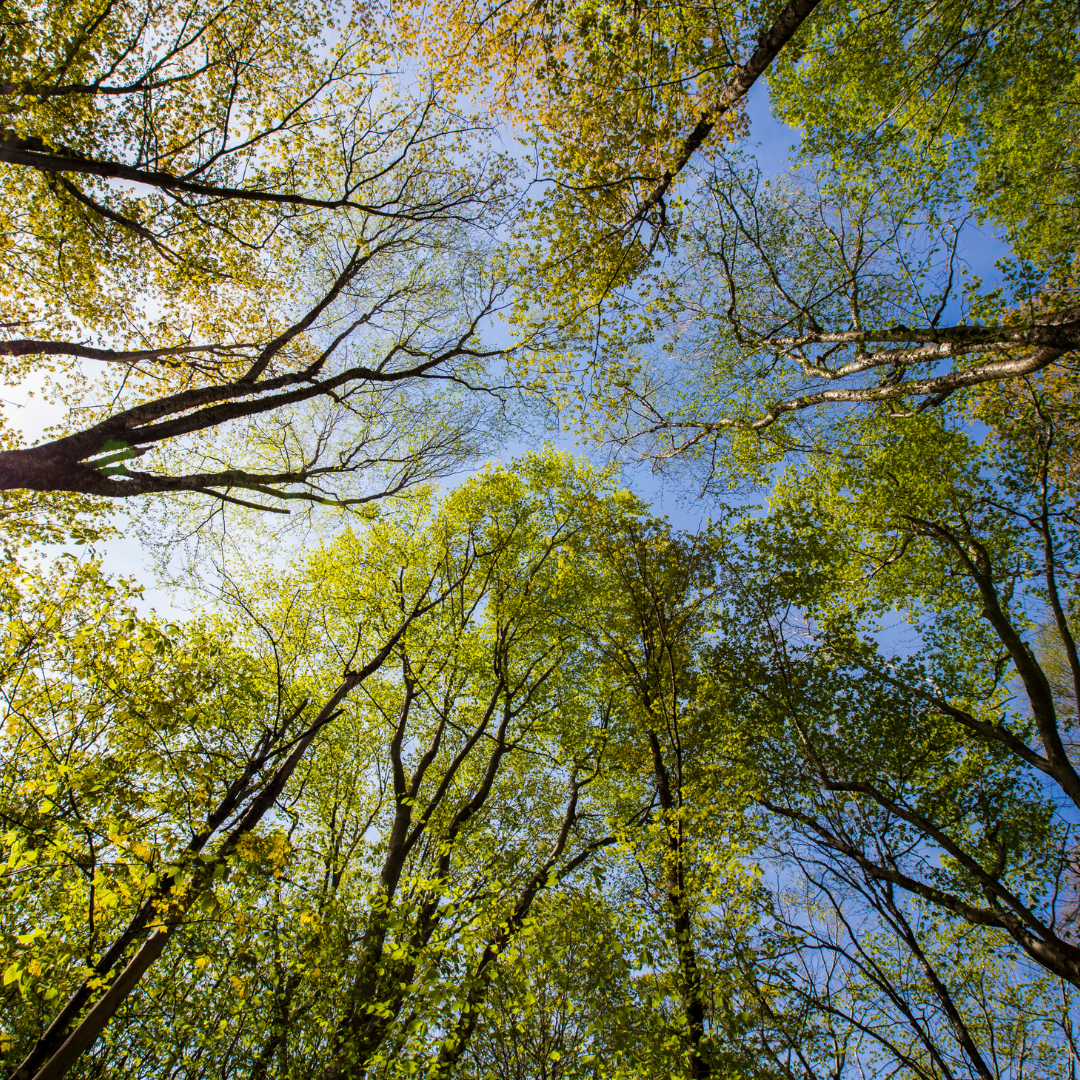
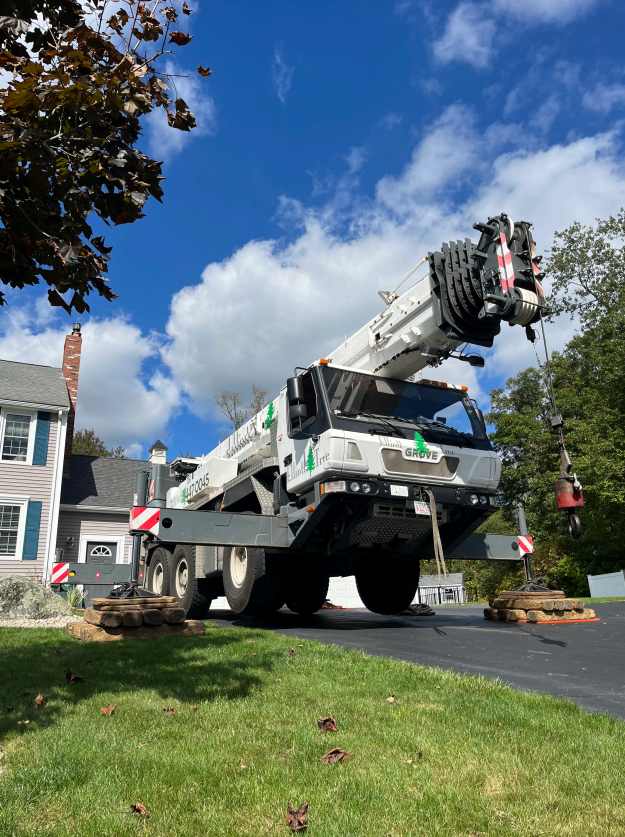
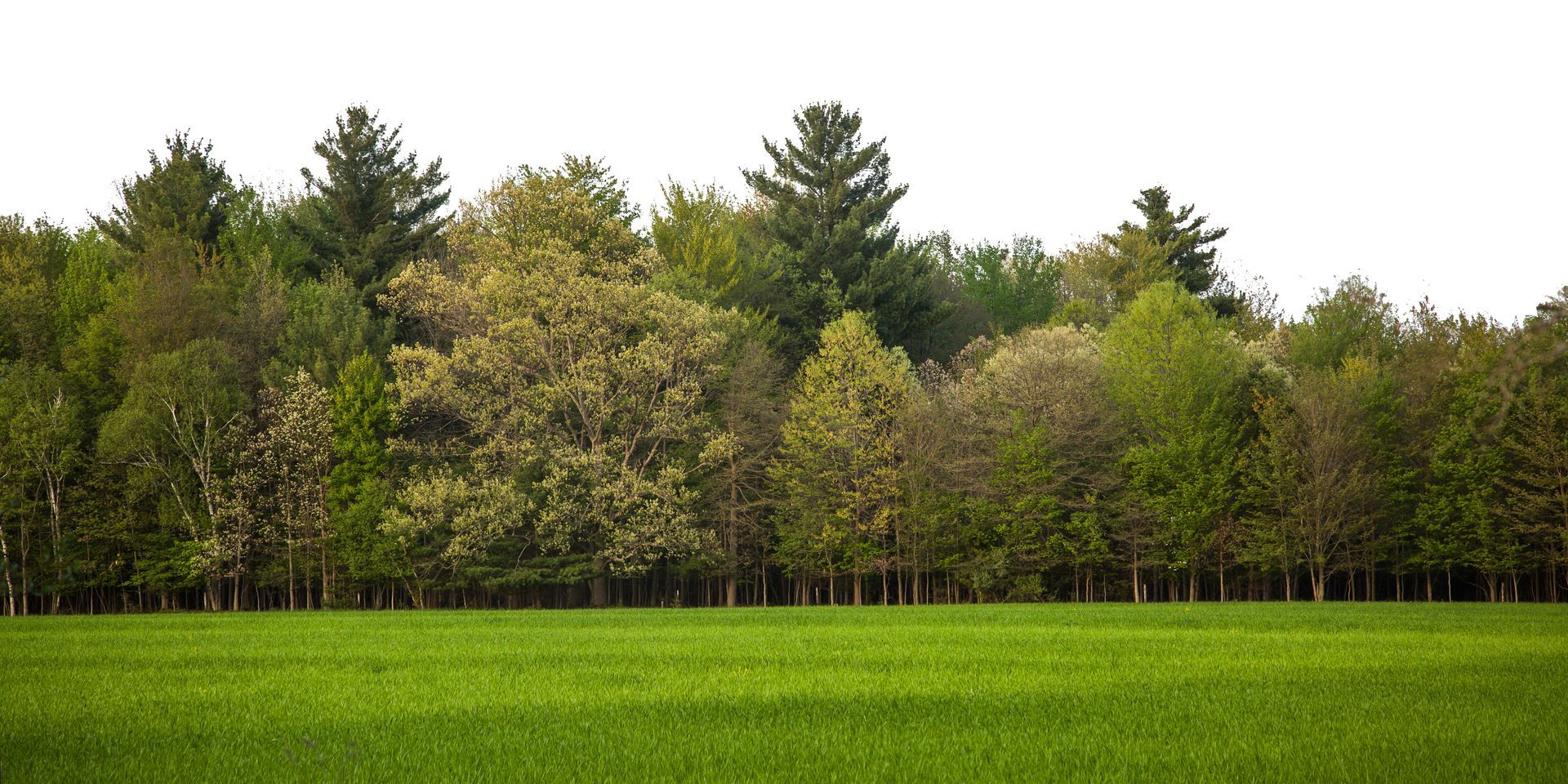
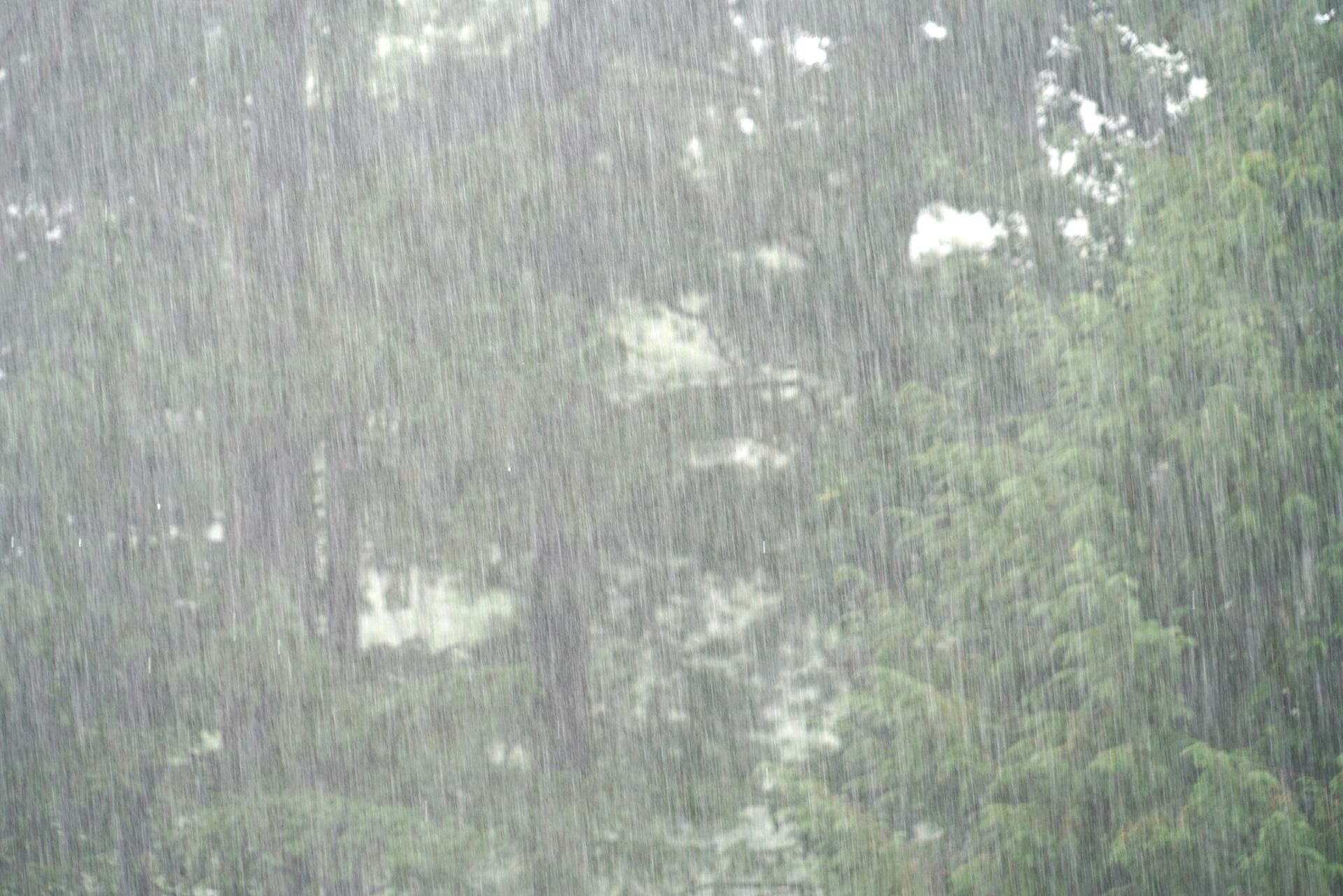
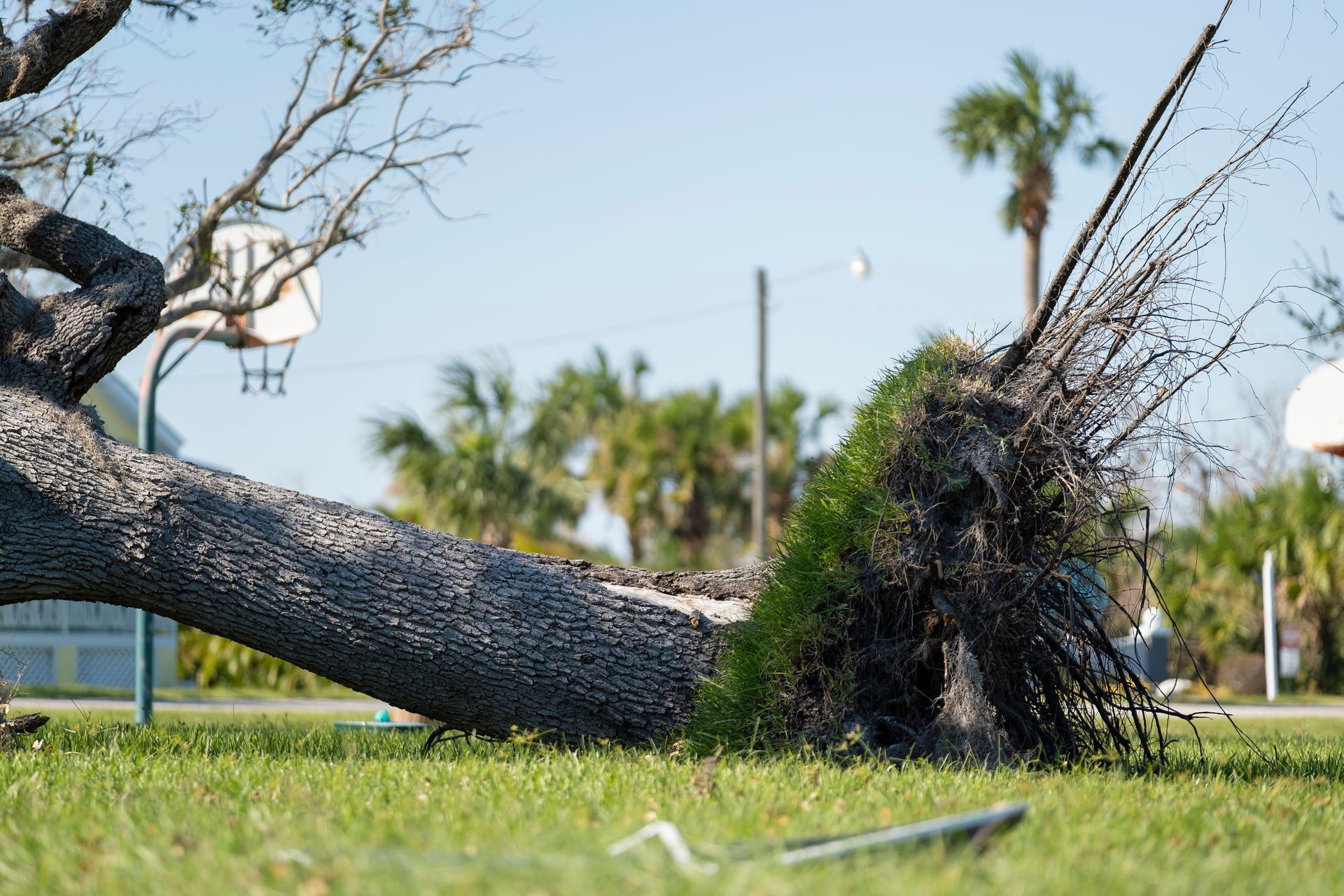
Share On: